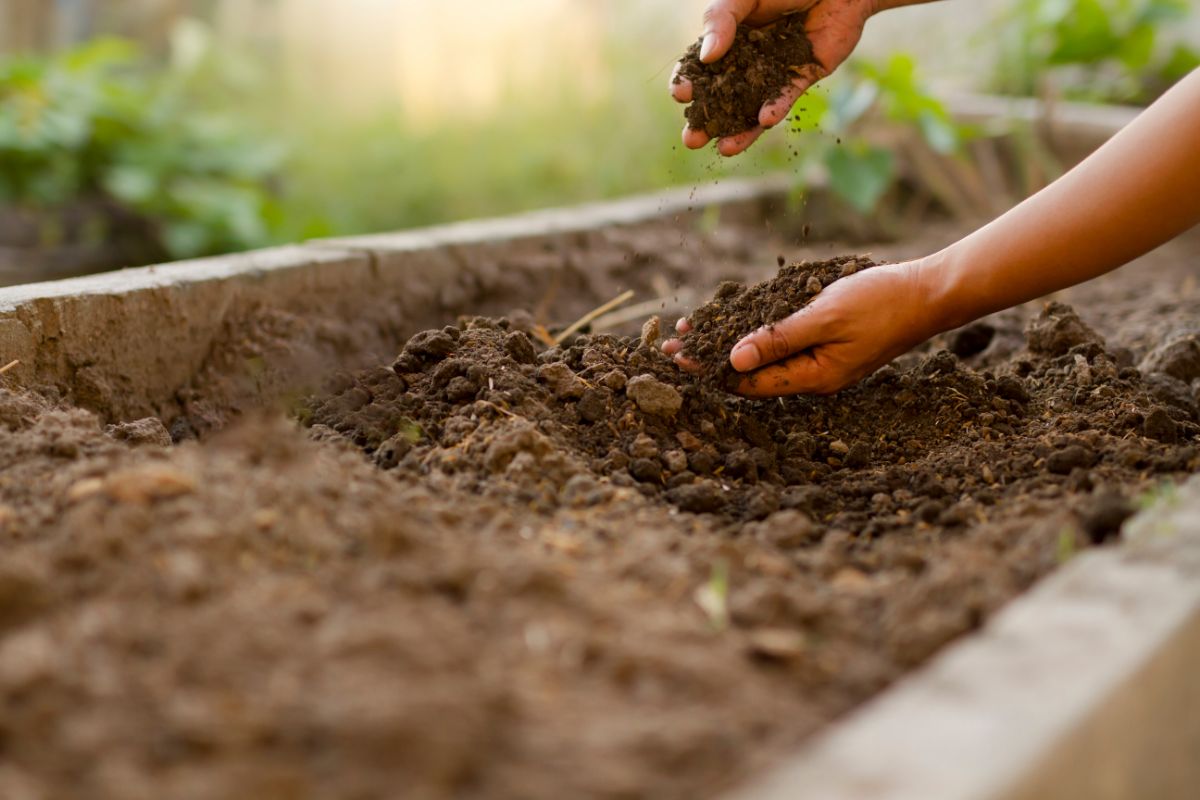Soil contamination poses a significant threat to ecosystems, human health, and the stability of local environments. From industrial pollution to accidental spills, contaminated soil can affect everything from the water supply to the biodiversity of an area. Soil remediation is a vital tool that helps to restore the health of contaminated land and reduce these negative effects. However, while remediation efforts are necessary, they also come with environmental considerations.
In this blog, we’ll delve into the environmental impacts of soil remediation—both the benefits and potential challenges—and explore how sustainable remediation practices are helping to achieve cleaner soil while minimizing further ecological disruption.
Why Soil Remediation Matters
Soil is a critical component of our ecosystem, supporting plant growth, water filtration, and nutrient cycling. Contaminated soil can disrupt these essential functions, leading to:
Water Pollution: Pollutants in soil can leach into groundwater, rivers, and lakes, impacting both drinking water and aquatic life.
Loss of Biodiversity: Toxic chemicals can harm plants, animals, and microorganisms, leading to a reduction in biodiversity and harming food webs.
Human Health Risks: Harmful substances in soil, such as heavy metals and organic pollutants, can cause health issues in humans through direct contact or by entering the food chain.
Soil remediation seeks to remove these contaminants, restoring the land’s natural ability to support life. However, effective remediation is not only about removing pollutants but doing so in a way that minimizes further environmental impact.
Environmental Benefits of Soil Remediation
Protecting Water Sources
Contaminated soil can contribute to water pollution through leaching, runoff, and infiltration. Soil remediation techniques, such as chemical oxidation and soil washing, prevent toxic substances from reaching water sources. Clean soil acts as a natural filter, reducing harmful pollutants from entering the groundwater and protecting drinking water and aquatic ecosystems.
Promoting Sustainable Land Use
Soil remediation enables the reuse of land for agriculture, recreation, construction, or conservation. Remediated land becomes valuable again, preventing the need for deforestation or development on previously untouched land. This reduces habitat destruction and supports sustainable land management practices.
Environmental Challenges of Soil Remediation
While soil remediation brings numerous benefits, the process itself can have its own environmental challenges, including:
Energy Consumption and Emissions
Some soil remediation techniques, like thermal desorption (which uses heat to remove contaminants), require significant energy input. This can result in greenhouse gas emissions if fossil fuels are used. Transportation of contaminated soil to off-site facilities also contributes to carbon emissions, making these methods less sustainable for large-scale projects.
Use of Chemicals
Methods like chemical oxidation and soil washing involve the introduction of chemicals to the soil, which may have environmental consequences if not carefully managed. Although these chemicals are chosen for their effectiveness, there’s a risk that residual chemicals could persist in the soil or leach into water sources, posing additional environmental risks.
Disruption of Soil Structure and Microorganisms
Excavation and heavy machinery can compact soil, disturb its natural structure, and harm soil organisms essential for nutrient cycling. In cases where soil is removed and replaced, the disruption may be long-lasting, affecting soil fertility and reducing biodiversity.
Eco-Friendly Approaches to Soil Remediation
As awareness of environmental impact grows, new approaches to soil remediation are being developed with a focus on sustainability. These methods reduce the environmental footprint of soil remediation projects while still achieving effective results.
Bioremediation and Phytoremediation
Bioremediation uses microorganisms to break down contaminants into harmless byproducts, while phytoremediation involves using plants to absorb and stabilize pollutants. Both are eco-friendly, as they rely on natural processes and do not require energy-intensive equipment or chemicals. These methods are particularly effective for organic pollutants like hydrocarbons and certain metals.
In Situ Remediation
In situ remediation techniques treat soil directly at the site rather than excavating and transporting it elsewhere. This minimizes soil disruption and reduces the carbon footprint associated with transportation. In situ methods include injecting chemicals or biological agents to degrade pollutants on-site, which is often less invasive.
Green Chemistry for Soil Treatment
Emerging green chemistry approaches involve using less toxic, biodegradable chemicals for soil remediation. These alternatives are designed to minimize ecological impact and prevent further contamination. For example, certain plant-based solvents can replace harsher chemicals used in traditional soil washing techniques.
Conclusion: A Balanced Approach to Soil Remediation
Soil remediation is essential for restoring land affected by contamination, but it must be carried out with consideration for its own environmental impact. The choice of remediation method should balance effectiveness with sustainability, aiming to minimize energy use, chemical application, and ecosystem disruption. Contact Simple Tank Services to schedule your soil remediation services!

